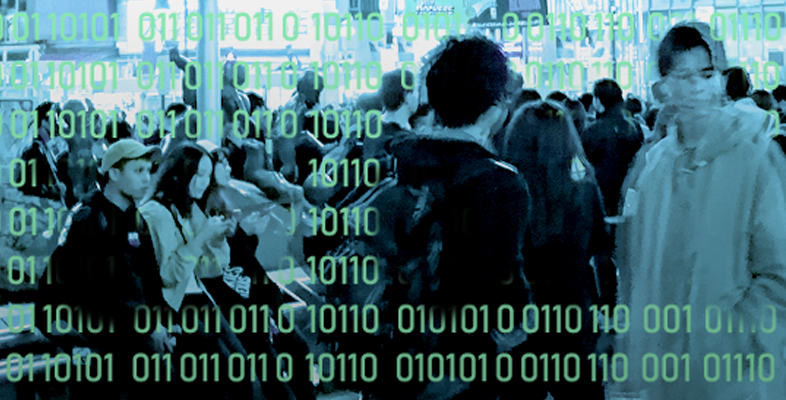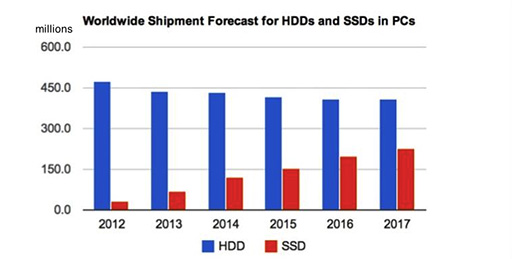6 Solid-state drives: The conversation continued
Timing
This final section of the course should take you around two hours to complete.
“That was very useful information about hard disk drives, but my laptop doesn’t have an HDD – it has a solid-state drive,” said Rupert.
“Ah, you have an SSD,” said Gloria.
“If you say so,” said Rupert, tentatively.
“SSDs are solid-state drives, which use integrated circuits to store data. They use a technology called flash memory, which is a solid-state chip that maintains stored data without any external power source. It is commonly used in portable electronics and removable storage devices such as USB sticks, and as an alternative for laptop and desktop computer hard disk drives.”
“It sounds as if I am going to have to learn a whole new system for storing data,” said Rupert, a bit wearily.
“Well, not completely,” replied Gloria. The good news for you is that the file and operating systems still maintain the same system of dividing the memory into logical sectors and clusters, even though the physical form of a solid-state drive is very different from that of a spinning disk.”
Rupert brightened up a bit at this. “Ah, it sounds as if this is another example of the kind of abstraction my OU module is always banging on about. The operating system doesn’t need to know what physical type of drive it is reading data from, or writing to, as long as it understands the logical file storage structure defined by the file system.”
“You’ve got it,” replied Gloria.
Activity 16 (exploratory) Devices that use flash memory
Many portable devices contain flash memory. Such devices will hold data when they are switched off or unplugged. List any such devices that you use.
Discussion
You may have some of the following portable devices in your home: smartphone, GPS, MP3 player, digital camera, laptop, tablet, USB stick, Kindle, iPod, Xbox.
“Unfortunately for those who make their living out of digital forensics,” continued Gloria, “the use of SSDs in computers, rather than HDDs, is increasing. Just look at the stats in this figure.”
“But why is it unfortunate for us?” asked Rupert.
“I will tell you why tomorrow. In the meantime, your homework tonight is to look at this table which compares HDDs and SSDs.”

